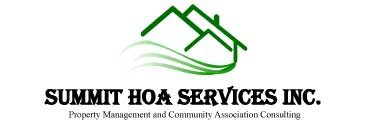THE QUESTION
I am a condo owner in the Colorado mountain environment. Our HOA manager enters each unit once a month and just before extreme cold weather sets in to check on thermostat settings. Although I have no issue with these safety checks, I have typically found that the thermostat is reset to about 70 degrees. This appears to be too warm, particularly when the unit is vacant for an extended period. A setting between 50 and 60 seems to be more appropriate and not as wasteful; the board has stated that a minimum of 50 degrees is satisfactory. Many other owners have found their units well above 70, some even in the 90’s. What is your recommendation for the owners? The board won’t listen to our concerns. Can a homeowner prohibit the board or manager from entering the unit?
THE ANSWER
It is not uncommon for associations to exert control over individual unit temperature settings in our high alpine environment. After all, the board has a responsibility to ensure the common elements (the building, its common utilities, as examples) are protected and maintained. In-unit security inspections are the norm in our area, primarily to avoid freezing pipes and roof leaks, as in this case, which could jeopardize the entire complex. However, the board also has a fiduciary and fiscal responsibility to minimize unnecessary expenses to the association (eg. wasteful utilities). Keeping the temperature setting betwween 50 and 60 degrees in winter is about what I most often have seen. You do not state whether the heating of the unit is central to the building, or whether each unit has individual heat.
It appears that the management may be neglecting its directives by not exercising the board’s decrees. Does the board have a resolution in place that dictates the heat settings? Is it a minimum, or a range of settings? If a minimum only, then the management may be justified in the higher settings to be on the safe side (at least in their minds). Regardless, I would suggest a few points:
- Obtain the specific wording of the temperature resolution. If one does not exist, or it is vague, then a new board resolution is advised to clarify the issue.
- Request the management, in writing, to adhere to the resolution.
- Attend a board meeting to voice your concerns. The board cannot prohibit you from attending their meeting and having a say … but they can limit your time to voice your concerns. To avoid an antagonisitc situation, avoid a confrontational approach; be understanding and respectful to the board … you want them on your side to correct the situation.
- If the board refuses to listen, look to the next elections to replace the indifferent board member(s).
- Refusing entry to the management may be within your privacy rights, in certain circumstances, but you should be careful in doing so. You could become liable should something happen in your unit that could damage an adjacent unit or the common elements … and, your insurance may not back you up.
- If you are getting nowhere with a “soft approach”, you may want ot talk to an attorney to take a more forceful attitude … usually by seeking recourse through exercising your rights wihtin the governing documents.
